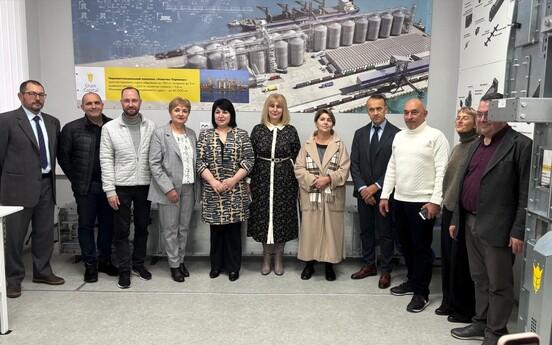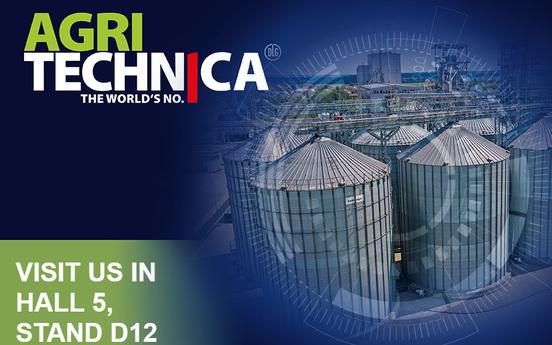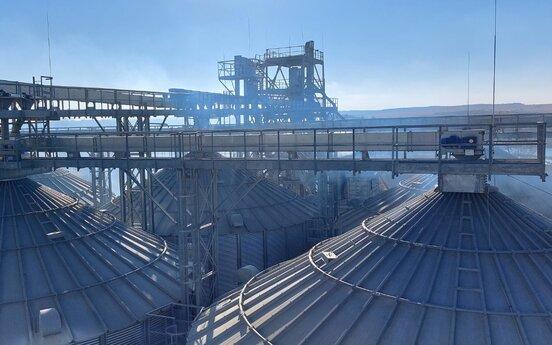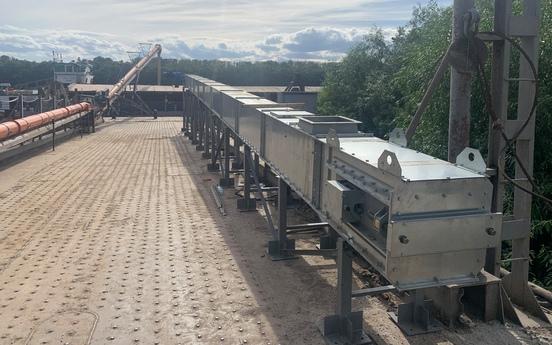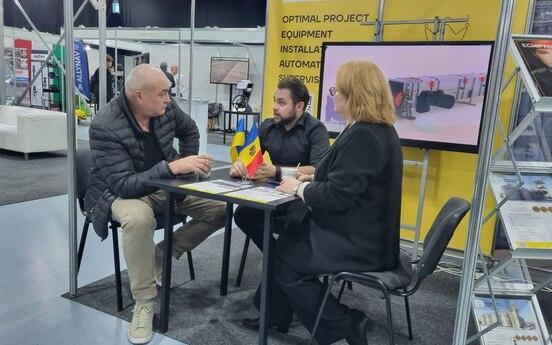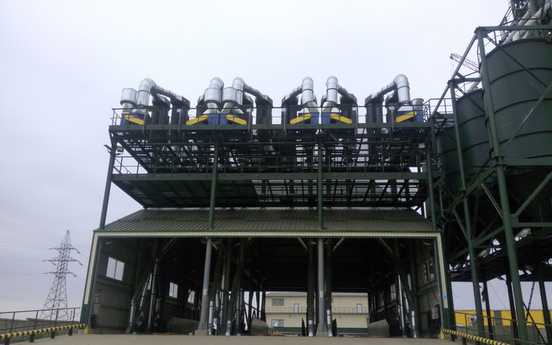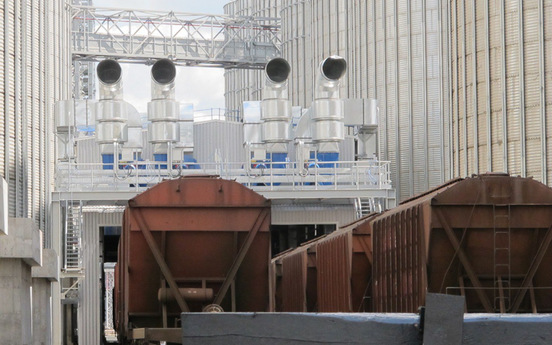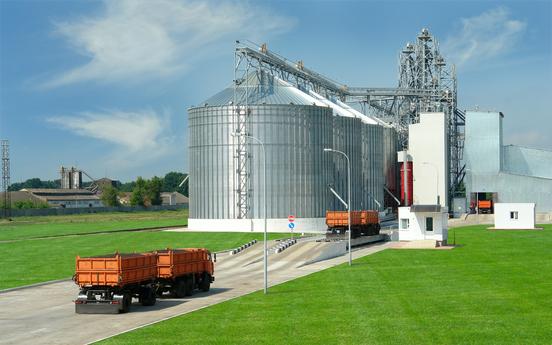The nuances of technological schemes

We offer you to consider the question - "Nuances of technological schemes", concerning not only the schemes themselves in the form of a graphical representation of the technological process of the enterprise, but also the peculiarities of the construction of the sequence of operations and ways of effective organization of the technological process. Technological schemes are a tool to optimize transport and technological operations with grain, aimed at minimizing energy costs and raw material losses, as well as to obtain high-quality marketable products.
In Ukraine, where agriculture and grain industry occupy a leading place in the country's economy, in particular, crop production accounts for 16 to 25% of GDP, the issue of functioning of elevator facilities is particularly relevant.
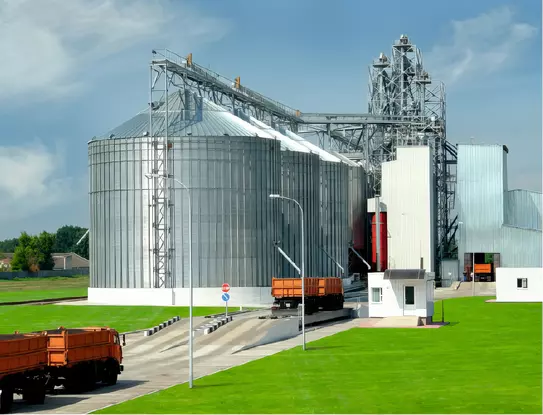
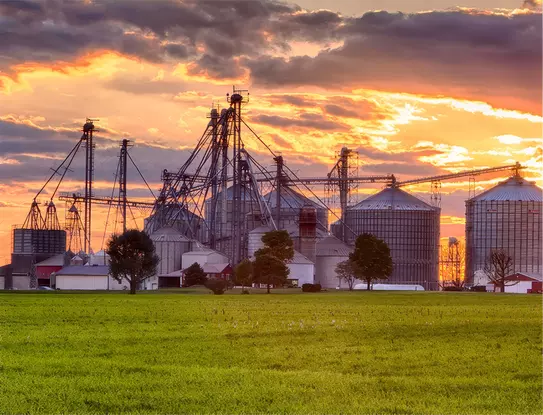
Main grain market operators in Ukraine:
- Increase the volume of storage facilities (warehouses, container yards, etc.).
- Develop certain sections of railroads as the main transport for cargo delivery to seaports.
- Develop river transportation infrastructure.
- With the support of the state and foreign investors, shipping channels are deepened.
- Longer berths are being built.
Port operators strive to handle vessels with the maximum possible displacement. There is a growing demand for transportation and technological systems with a capacity of 1500...2000 t/h, whereas 10 years ago the Ukrainian market had systems with a maximum capacity of 1200 t/h.
The competition is won by the one who can reload the maximum volume of grain for the minimum period of time with low operating costs. As it is known, as the volume of a batch of grain increases, the unit cost of its transportation decreases.
The situation is similar with the construction of grain storage facilities: the cost per 1 ton of stored grain for a 30,000 t capacity grain elevator equipped with dryers and grain cleaning equipment is almost twice as high as the cost per 1 ton of stored grain at an elevator with similar technological equipment (receiving/discharging lines, dryers, grain cleaning equipment) with a capacity of 50,000 t.
Improvement of logistics and means of cargo delivery planning together with the emergence of transport-technological systems with the capacity of 1500...2000 t/h has actualized the need of port terminals in the possibility of grain transshipment to ships without using grain storage facilities (direct option).
In addition, terminals tend to be equipped with dryers and separators in order to be able to accept grain of any quality. Of course, we are not talking about the cleaning/drying capacity of the entire grain intake/discharge volume or cleaning/drying in the intake/discharge flow, but the availability of one or two drying/cleaning lines with the highest possible today's equipment capacity (for dryers it is about 120 t/h when drying wheat from 19% to 14%, for separators - about 500 t/h) is very relevant for a port terminal. Port elevators are trying to ensure that they are able to perform functions more typical of logging elevators and therefore compete with such elevators.
Another trend is the change of grain storage capacity, where two completely different approaches are observed: on the one hand, terminals tend to have as many storage facilities of relatively small volume as possible (4...5 thousand tons, i.e. approximately the capacity of one ship's hold), which allows to place grain efficiently (maximize the use of silo capacity), on the other hand, terminals concentrate on large batches of monoculture (forming large batches of grain, relatively homogeneous in quality, often loading their storage facilities by 50...60%).
Traditional technologies of elevator industry in Ukraine are mainly based on technological methods of the end of the last century:
- Elevator with working tower as the center of all operations.
- Maximum feasible use of gravity grain transport.
- Minimum feasible number of grain lifts.
- Minimum length of technological routes.
- Availability of grain storage facilities of various capacities at the enterprise.
Use, if necessary, of open storage of grain, for example, under sheds.
Today, compared to the end of the last century, the technological school of Ukraine has not changed much, the technique has changed.
Market requirements for speed and cost of construction led to the fact that metal replaced reinforced concrete in silo construction, which caused changes in layout solutions, as reinforced concrete silos were mainly 6 m in diameter, while metal silos were up to 32 m in diameter.
The principle of maximizing the use of gravity grain transportation remained unchanged. This is also due to the development of technology: in the manufacture of gravity pipes black metal has been replaced by modern wear-resistant materials and alloys; modern methods and technical means for installation and maintenance of equipment have become more accessible and allow to organize gravity flow of considerable length with minimal maintenance.
Let us consider the changes in the principles of construction of technological schemes, to which the growth of the level of technology in Ukraine has led.
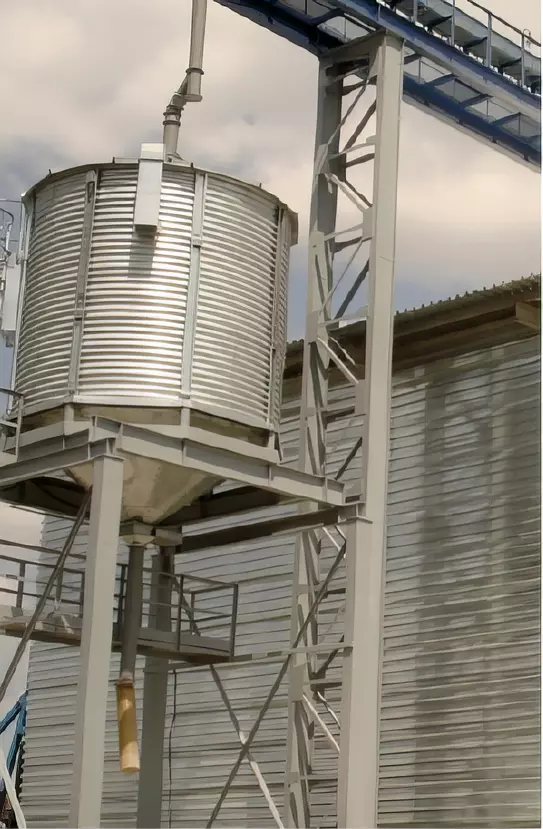
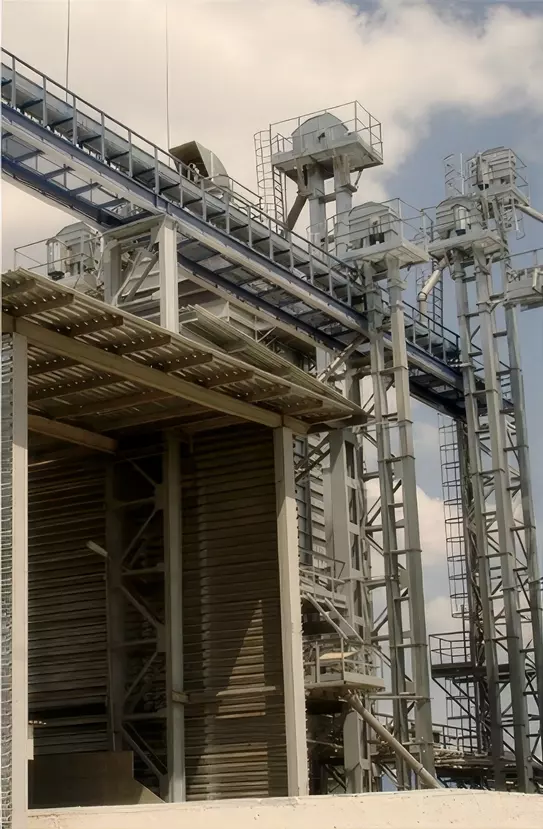
For example, the article "Elevator elevator elevator noriline tower - the logic of application" published on the Elevatorist website provides arguments in favor of using a centralized elevator elevator tower:
- A norium tower is a prerequisite for building a functional process layout for an elevator.
- Reduction of the length of grain transportation routes (reduction of conveyors, number and length of elevators, gravity pipes).
- Improved redundancy of functions in case of breakage.
- Safety and ease of maintenance of elevator heads, valves and gravity feeders.
It should also be added to the above arguments that locating most equipment in one elevator tower will concentrate most of the power consumers in one place, which will have a positive impact on the length and cost of cabling and wiring and controls and automation.
On the other hand, the article "Elevator Can Do Without Work Towers" describes a technology that uses "self-supporting" elevators and transportation systems. This technology takes into account the experience of minimizing grain damage. For this purpose, the length of gravity pipes has been minimized as much as possible, there are no flow dividers, which severely damage the grain, and there are almost no turns of grain streams. In addition, the load on the elevator equipment is distributed. There is almost no equipment that accounts for more than 50% of the elevator turnover load. The use of tankless technology allows reducing the total weight of steel structures by 2-3 times compared to traditional elevator layouts, as well as reducing energy costs during operation.
Another variant of the technology, which came to Ukraine from the USA, provides for the organization of the technological process with the use of free-standing elevators and gravity flow system.
Let us consider the advantages and disadvantages of the three approaches to the organization of the technological process:
Technological scheme realized on the principle of central working tower:
Advantages:
- Placement of elevators and grain cleaning equipment in a small area.
- Concentration of power consumers.
- Flexibility of the technological scheme.
- Interchangeability of equipment, which avoids production stoppages.
- Convenient installation, repair and maintenance of process equipment and gravity flows without the use of cranes.
Disadvantages:
- High capital investment.
- Complexity of construction.
- High installed capacity.
Technological scheme realized on the principle of no-till towers:
Advantages:
- Low capital investment.
- Short transportation and gravity lines.
- Possibility to realize the process with minimum installed capacity of equipment.
- Energy saving.
Disadvantages:
- Inconvenient installation, repair and maintenance of equipment.
- Lack of interchangeability of equipment.
- Dispersion of power consumers.
- High costs for organization of repair base.
Technological scheme realized on the principle of free-standing elevators and gravity flow system:
Advantages:
- Low capital investment.
- Possibility to use a minimum number of elevators.
- Use of grains transportation by gravity.
- Phased modernization without stopping production.
Disadvantages:
- Inconvenient installation, repair and maintenance of equipment.
- Lack of interchangeability of equipment.
- High capacity of individual elevators.
Each of the three approaches to the organization of the technological process of the elevator has its extremes. How to determine which process flow diagram is optimal? The answer is simple: the process flow diagram must meet the objectives and provide the required scope of operations.
At the design specification stage, it is important to determine the functionality of the process flow diagram in accordance with the site conditions and planned operations.
Therefore, Grain Capital's project management team analyzes the elevator construction assignment provided by the customer to ensure that it makes efficient use of existing production facilities and adjacent infrastructure. The result of the analysis is a balance between the customer's wishes and the site's capabilities.
Examples of successful projects show that the right process layout is the one that meets safety, construction and technological standards, provides full functionality and uninterrupted operation even in case of failure of individual equipment, is easy to repair and economically viable.
As a result, the choice of process design depends on the customer's priorities and development strategy.
